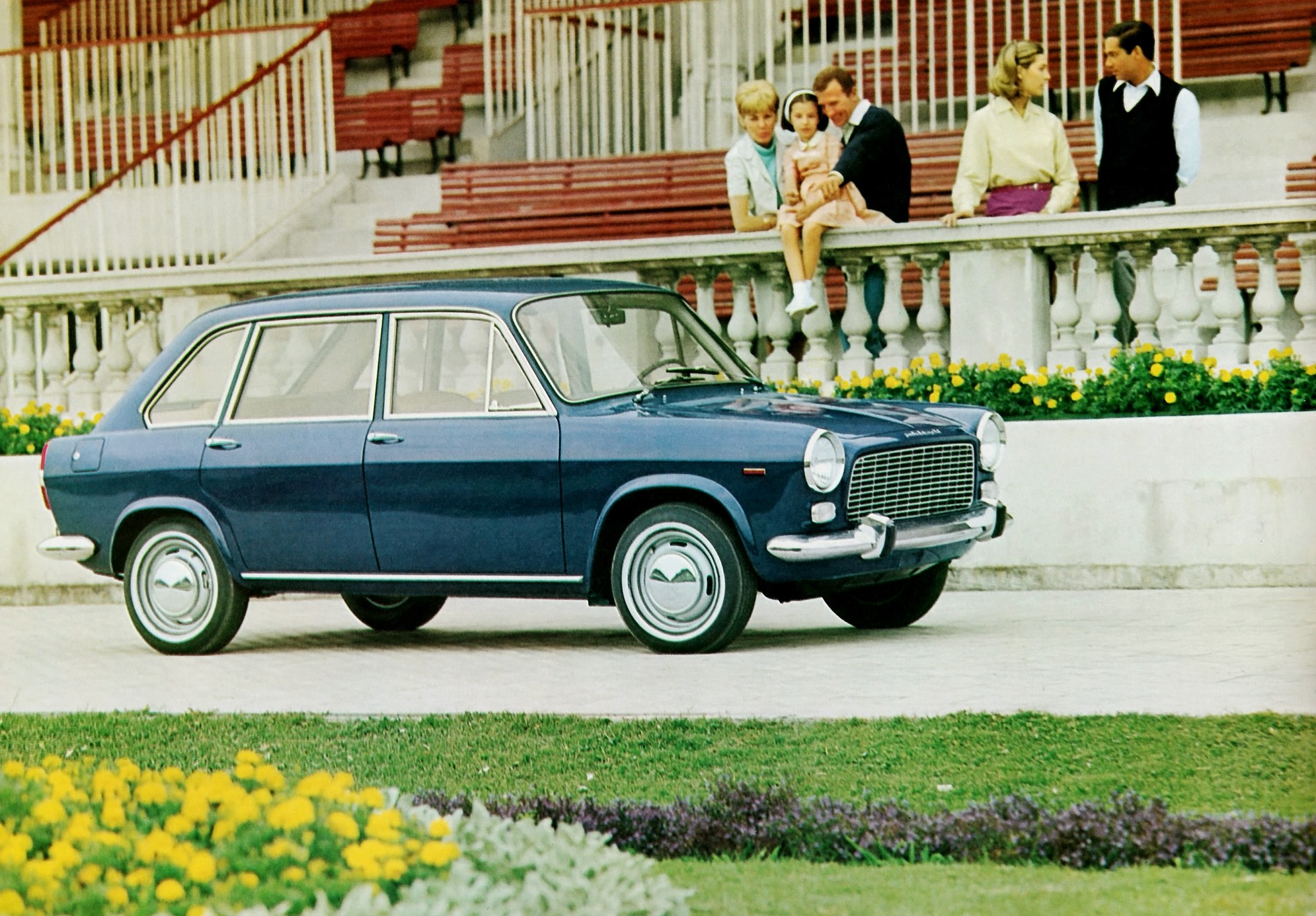
Founded in 1955, the Autobianchi brand was born of the merger of three major Italian manufacturers. Specialising in the production of small cars, its existence was relatively discreet, despite some original technical choices.
Autobianchi owes its existence to the joint venture of three major Italian companies: Bianchi, Pirelli and Fiat. The industrialists each owned a third of the company and signed an agreement in 1955.
Under the terms of the agreement, Autobianchi cars would be assembled at the Bianchi factory in Desrio, near Milan. The engines would come from the Fiat parts bank, the tyres from Pirelli, and Bianchi would take care of the rest.
It was not until 1957 that the first model, the Bianchina, based on the Fiat 500, was presented. When it went on sale in 1958, Bianchi withdrew from the project and sold his share to his partners.

Small ranges
Autobianchi's strength lay in its ability to develop numerous versions on a single base: the Bianchina was available as an estate (Panoramica), a van (Furgoncino), a van with a raised roof (Furgoncino 264 E), a cabriolet (Bianchina Cabriolet), a convertible coupé (Trasformabile) and a four-seater saloon. Sales were encouraging, and the years passed on the achievements of this model family.
In 1964, Autobianchi presented the Primula, a front-wheel drive car that Fiat did not want. Designed by engineer Dante Giacosa, it featured revolutionary solutions such as a 1,100 cc engine placed transversely to save space, a tailgate (unique in 1964!) and four disc brakes. Available in 2, 3, 4 and 5-door versions, the Primula was very spacious and quite responsive.
Unfortunately, it did not enjoy a successful career, except in France, where the Chardonnet network, the brand's importer in that country, sold 15,000 examples until 1970. A year before the Primula, Autobianchi launched the Stellina, a pretty little convertible based on the Fiat 600, with a fibreglass body.
It too was a commercial failure, with only 502 examples built up to 1965. In 1968, Autobianchi became the property of Fiat.

Success, then oblivion
In 1969, the A111 and A112 were presented at the Turin Motor Show. The latter was a compact city car with a 903cc engine developing a modest 44hp.
The first was a plainly styled saloon whose powertrain was borrowed from the Fiat 124. Although it quietly disappeared from the catalogue in 1972, the A112 enjoyed a successful career. No fewer than 8 series were developed up to 1986, and the most entertaining version was the A112 Abarth, despite its 70bhp power output.
In 1985, Autobianchi produced the Lancia Y10 under its own name for certain markets. In 1992, the Desrio factory closed and the brand, still used in Italy, finally disappeared in 1995. The Autobianchi name now belongs to the brand's official club, the Registro Autobianchi.
The Fiat Group considered a comeback in 2014 with production in China, but the project was never pursued.
























